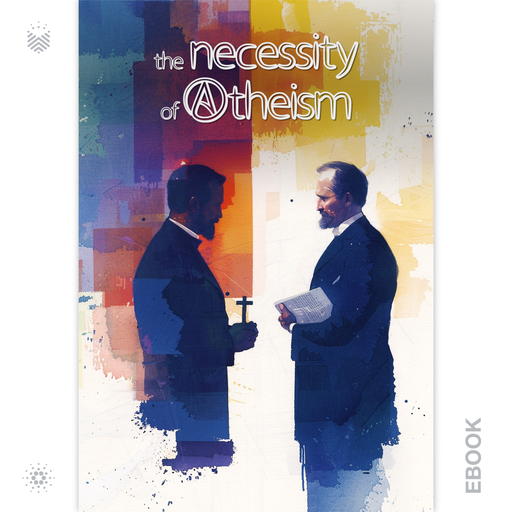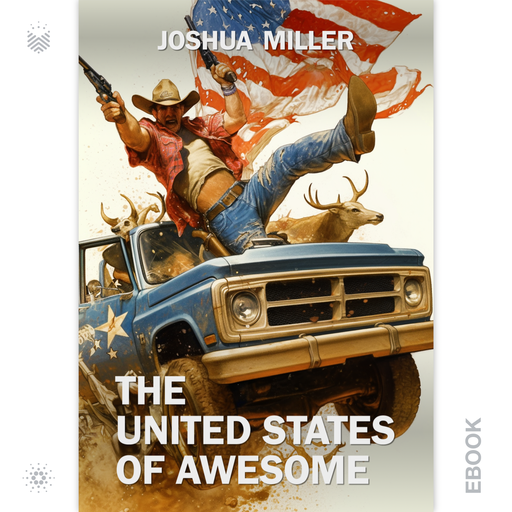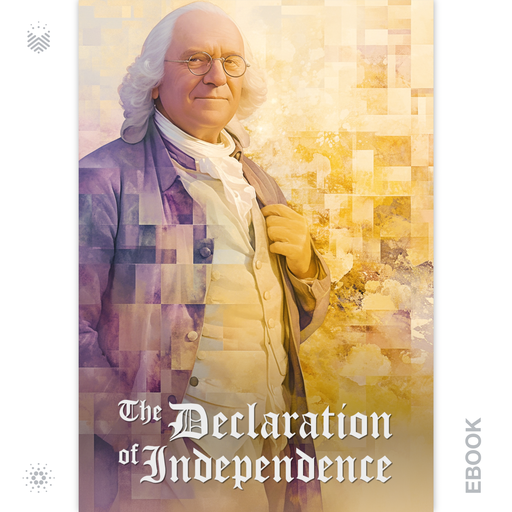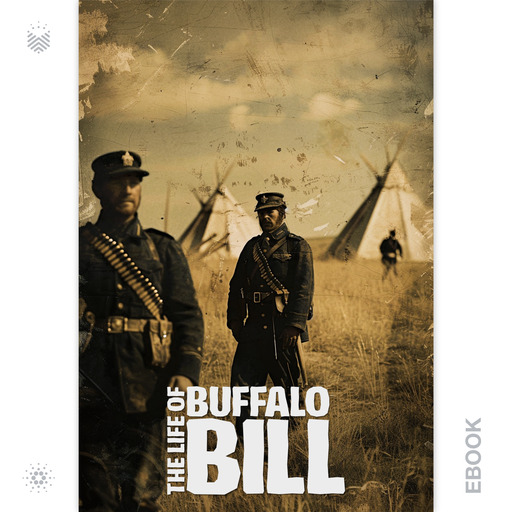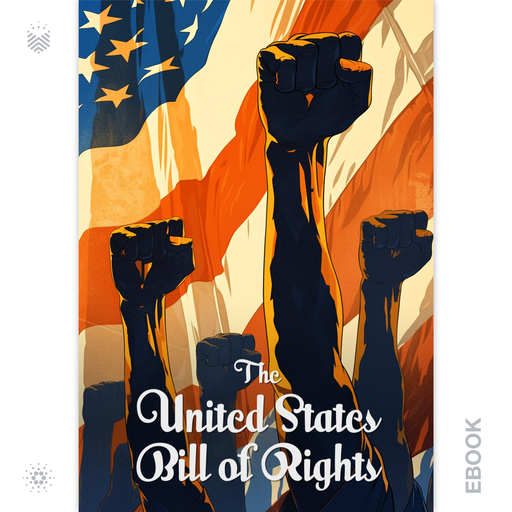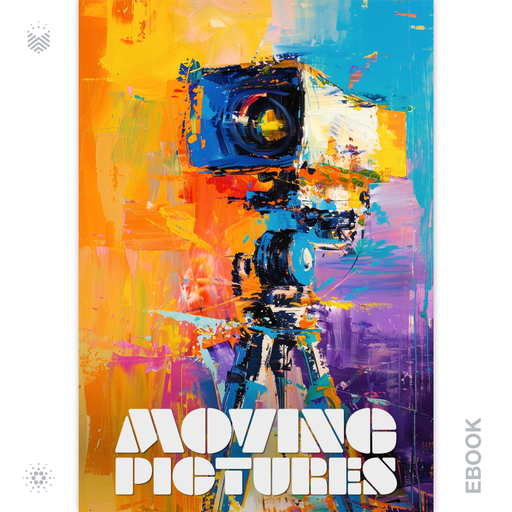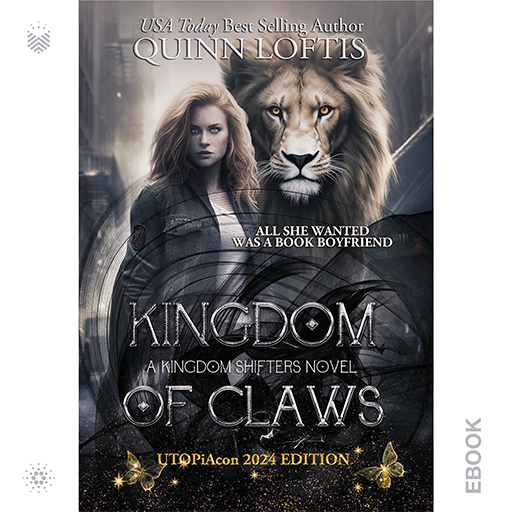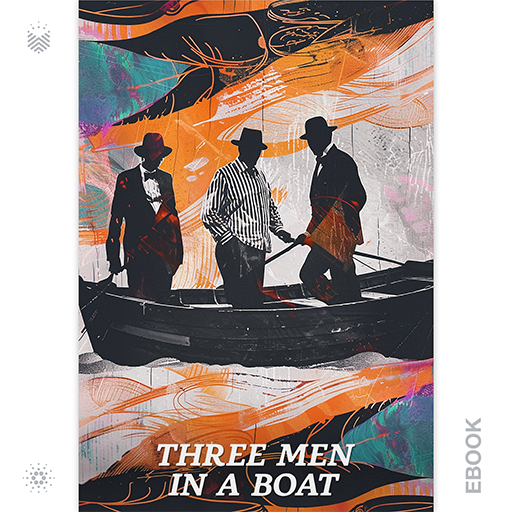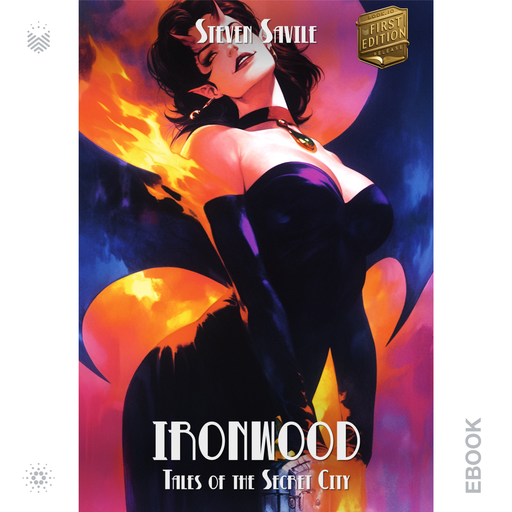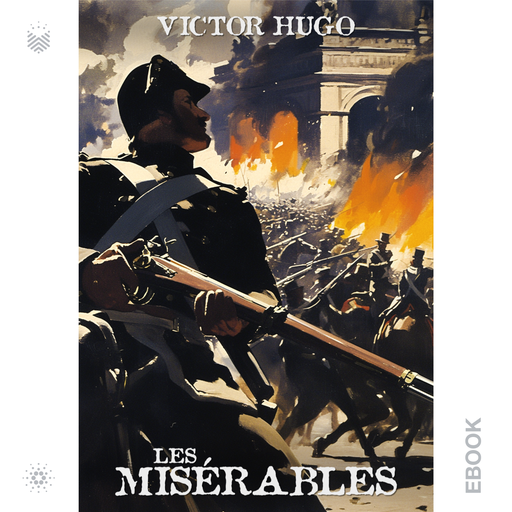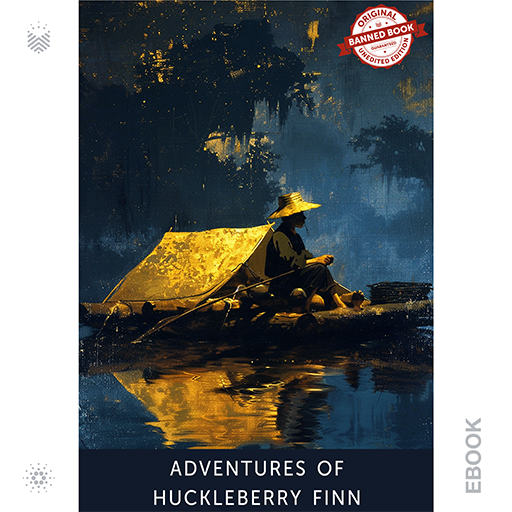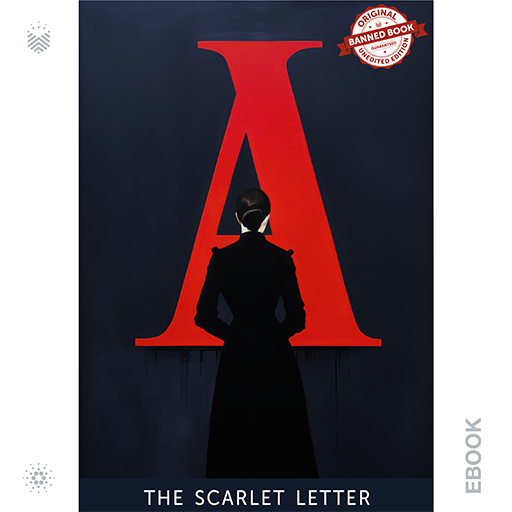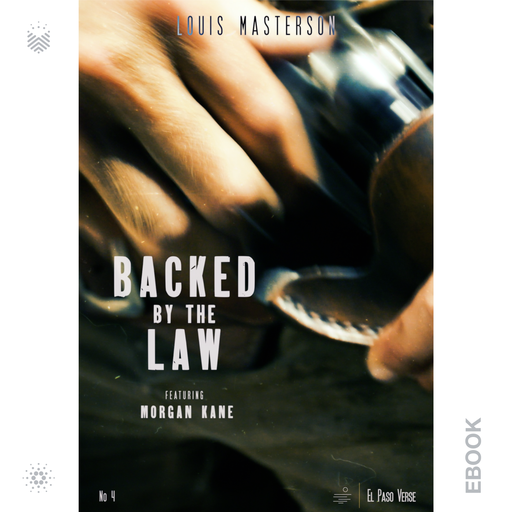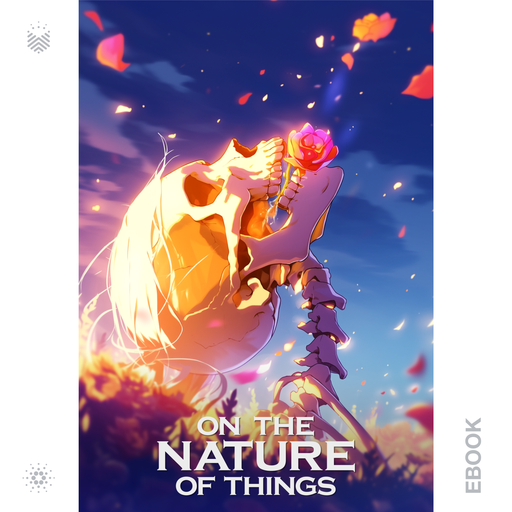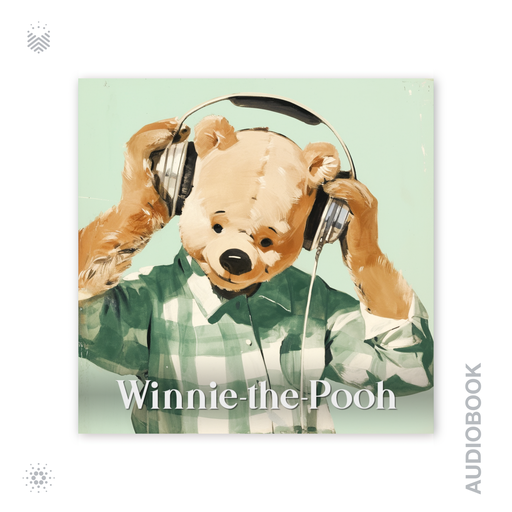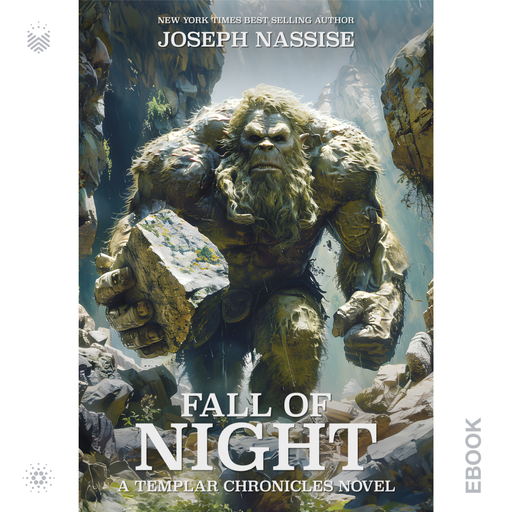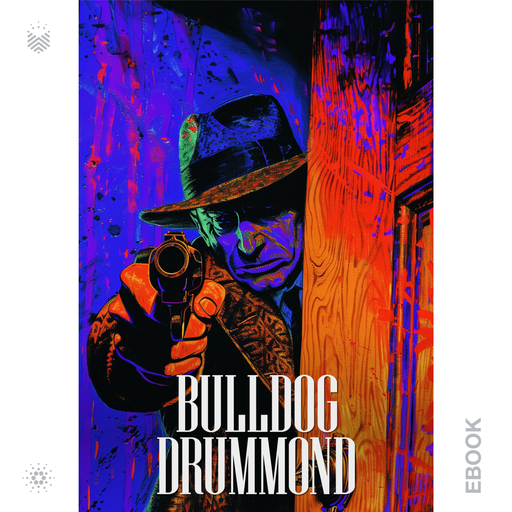by Percy Bysshe Shelley
In “The Necessity of Atheism,” Percy Bysshe Shelley directly challenges the foundations of religious belief. Through lucid argumentation and sharp rhetoric, Shelley invites readers to confront their beliefs and embrace a worldview grounded in skepticism and scientific inquiry. This seminal work not only sparked controversy and censorship in its time but also continues to resonate today, challenging readers to reconsider the nature of belief and the role of religion in society.
… Read More
by Joshua Miller
Discover the most astounding facts about the United States of America in this fun, funny and fascinating trivia book for teens and adults.
Whether you’re a history buff, a trivia enthusiast, or just curious about the strange and wonderful, this book will keep you entertained and amazed as you explore the extraordinary tapestry that makes the United States truly awesome.
Read More
by Thomas Jefferson, Benjamin Franklin
The Declaration of Independence, adopted on July 4, 1776, marks a pivotal moment in American history. Thomas Jefferson, tasked with drafting the document, captured the colonies’ collective resolve for freedom from British rule. The Continental Congress debated and revised Jefferson’s draft, ultimately producing a powerful proclamation that articulated the colonies’ desire for independence and their grievances against King George III.
… Read More
by William F. Cody
William F. Cody’s “The Life of Buffalo Bill” offers a vivid and captivating account of the legendary American frontier scout and showman. Written by Cody himself, the biography immerses readers in the thrilling adventures and extraordinary experiences of one of the most iconic figures of the Wild West. Through Cody’s own words, readers gain insight into his remarkable life, from his early days as a buffalo hunter and Pony Express rider to his later career as the star of B… Read More
by Karl Marx, Friedrich Engels
Karl Marx and Friedrich Engels wrote “The Communist Manifesto” in 1848 to articulate the principles and goals of communism. They created this political pamphlet during a time of significant political and economic change in Europe. The growing industrial revolution and widespread worker dissatisfaction influenced their work. Marx and Engels aimed to provide a clear explanation of communist ideology and rally the working class to overthrow the capitalist system.
… Read More
The United States Bill of Rights, ratified on December 15, 1791, firmly establishes the fundamental rights and liberties of American citizens. Crafted by James Madison, these first ten amendments to the Constitution respond directly to calls from several states for greater constitutional protection for individual freedoms. The Bill of Rights outlines specific prohibitions on governmental power, ensuring that citizens retain essential rights that the government cannot infringe upon.
… Read More
by Frederick A. Talbot
In Frederick Talbot’s “Moving Pictures,” readers are taken on a captivating journey through the history and significance of cinema. Talbot provides a comprehensive examination of the evolution of film, from its humble beginnings as a novelty to its transformation into a powerful cultural phenomenon. Through vivid storytelling and meticulous research, he traces the technological advancements, artistic innovations, and societal influences that have shaped the medium over the deca… Read More
by Quinn Loftis
UTOPiAcon 2024 EDITION
Embark on a thrilling journey into the heart of the wild with “Kingdom of Claws: A Kingdom Shifters Novel.”
In a world hidden within our own, magical beings live among us, capable of transforming into majestic animals… if they find their mate. Kingdoms of these enigmatic beings, called beastwalkers, have existed for centuries, each species governed by their own regal king and queen. One thing the courts crave above all else are the animi—human females who c… Read More
by Jerome K. Jerome
“Three Men in a Boat” by Jerome K. Jerome is a classic comedic novel first published in 1889. It is a comedic masterpiece that chronicles the misadventures of three friends as they embark on a boating holiday along the Thames River. Jerome, who also serves as the narrator, weaves a tale filled with witty observations and humorous reflections on the peculiarities of Victorian society. Accompanied by Jerome’s mischievous dog, Montmorency, the friends navigate a series of humoro… Read More
by Charlotte Perkins Gilman
Charlotte Perkins Gilman’s “The Yellow Wallpaper,” a seminal work of feminist literature published in 1892, immerses readers in the unsettling world of a woman grappling with confinement, mental illness, and societal oppression. Through a gripping first-person narrative, Gilman masterfully unravels the inner turmoil of a character confronted with the confines of a room adorned with yellow wallpaper. The story unfolds with haunting intensity, as her struggles against a dismissiv… Read More
by Steven Savile
In the shadows of 1970s New York, half-fae private detective John “Ironwood” Irons navigates a treacherous underworld of dark magic and ancient feuds. With his quick wit, iron will, and mastery of the faerie arts, he takes on cases that no mere mortal could hope to crack, delving deep into the city’s seedy underbelly and the twisted machinations of its otherworldly denizens. But when a routine investigation into a missing person case leads him to a mysterious figure known as th… Read More
by David Barrow
An Education in Service Management – A guide to building a successful service management career and delivering organisational success.
IT is a business-critical function. It delivers experiences, stimulates strategic shifts, and protects organisations from theft, cyber attacks, and the related regulatory, reputational and financial impacts.
Read More
by Joshua Stone
Own a limited Collector’s Edition of the Stuff.io Whitepaper with 500 one-of-one book covers. Stuff.io is the home for fully decentralized and encrypted Music, Video, Podcasts, and other media you truly own. Gain insight into a new era of digital media and how it will benefit consumers and creators alike.
Own Your Stuff!
Read More
by Victor Hugo
“Les Misérables” by Victor Hugo is a monumental work of literature that delves into the intricacies of human suffering, redemption, and the pursuit of justice in 19th-century France. The novel intricately weaves together the lives of its diverse cast of characters, from the noble-hearted Jean Valjean to the relentless Inspector Javert, the tragic Fantine, and the idealistic revolutionary Marius Pontmercy. Through their intersecting narratives, Hugo paints a vivid portrait of a socie… Read More
by Mark Twain
Mark Twain’s “Adventures of Huckleberry Finn,” first published in 1884, is a cornerstone of American literature that explores themes of freedom, friendship, and moral growth through the journey of a young boy named Huck Finn. Escaping from his abusive father, Huck embarks on a raft journey down the Mississippi River, accompanied by Jim, a runaway slave seeking freedom. Their adventures and encounters with various characters reveal the social and racial injustices of the pre-Civ… Read More
by Nathaniel Hawthorne
“The Scarlet Letter” by Nathaniel Hawthorne, first published in 1850, is a classic work of American literature that delves into themes of sin, guilt, and redemption. Set in 17th-century Puritan Massachusetts, the novel follows Hester Prynne, a woman who bears an illegitimate child and is condemned to wear a scarlet letter “A” (for “adulteress”) on her chest as a mark of shame.
… Read More
by Upton Sinclair
“The Jungle” by Upton Sinclair, first published in 1906, is a seminal work of American literature that exposes the harsh realities of the meatpacking industry in Chicago. Sinclair’s novel follows the life of Jurgis Rudkus, a Lithuanian immigrant who arrives in America with dreams of prosperity, only to encounter exploitation, poverty, and despair. Through Jurgis’s harrowing experiences, Sinclair sheds light on the appalling working conditions, corruption, and lack of sani… Read More
by J Boykin Baker
“By Design” by J. Boykin Baker is a contemporary novel that delves into themes of faith, love, and personal growth.
When a young interior designer discovers that the exciting new man in her life is hiding a heart wrenching secret, she realizes it will take a lot more than sparks to ignite this romance.
This first novel in the By Design series is an emotional Christian romance that is guaranteed to touch the heart of anyone who has experienced the breathtaking intensity of a new lov… Read More
by Louis Masterson
“Backed by the Law” by Louis Masterson is a gripping Western novel that transports readers to the rugged landscapes of the American frontier. Hardened by years of confronting outlaws and facing danger head-on, Kane embodies the spirit of the Old West with his unwavering commitment to justice and his relentless pursuit of those who break the law.
Read More
by Jillian Godsil
“The Cougar Diaries Trilogy” by Jillian Godsil aka Aoife Brennan, is a bold and captivating exploration of modern relationships, self-discovery, and empowerment. Godsil skillfully captures the emotional depth and evolving dynamics of relationships. The book resonates with readers by addressing universal themes of love, self-acceptance, and the courage to defy societal expectations. Her narrative is both candid and humorous, providing a fresh perspective on the trials and triumphs of … Read More
by Titus Lucretius Carus
“On the Nature of Things” (De Rerum Natura) by Titus Lucretius Carus is a seminal work of ancient Roman literature and philosophy, written in the 1st century BCE. This epic poem, composed in six books, aims to explain the physical world through the lens of Epicurean philosophy, which Lucretius ardently followed.
Read More
by A. A. Milne
“Winnie-the-Pooh” by A. A. Milne is a beloved classic of children’s literature, first published in 1926. The book introduces readers to the enchanting world of the Hundred Acre Wood, where the lovable bear Winnie-the-Pooh and his friends embark on delightful adventures. Milne’s charming storytelling, coupled with E. H. Shepard’s iconic illustrations, brings to life the whimsical characters of Pooh, Piglet, Eeyore, Tigger, and others.
… Read More
by Joseph Nassise
New York Times Joseph Nassise continues his internationally bestselling Templar Chronicles series with Fall of Night!
Nassise’s rich character development and immersive world-building make “Fall of Night” a compelling read for fans of dark urban fantasy. His skilled storytelling plunges readers into a world where the lines between reality and the supernatural blur, with vivid descriptions and relentless pacing that keep readers on edge.
… Read More
by H. C. McNeile
“Bulldog Drummond” by H. C. McNeile, writing under the pseudonym Sapper, was first published in 1920. The novel introduces readers to Hugh “Bulldog” Drummond, an iconic figure in early 20th-century British adventure fiction. Drummond, a daring and resourceful ex-World War I officer, seeks excitement and purpose in a peacetime world. Bored with civilian life, he offers his services as a troubleshooter, quickly attracting attention for his fearless spirit and imposing prese… Read More

